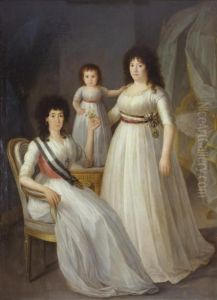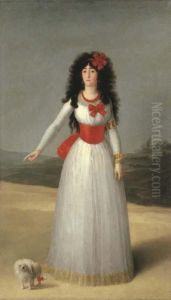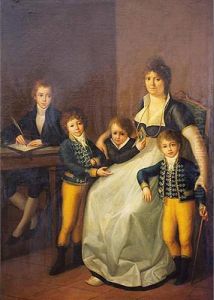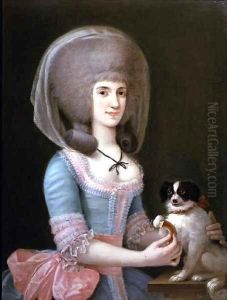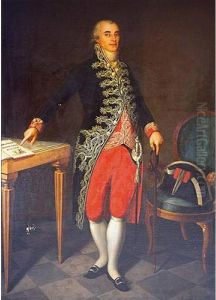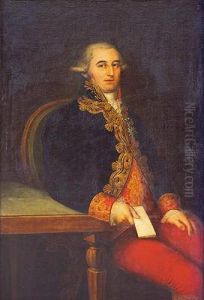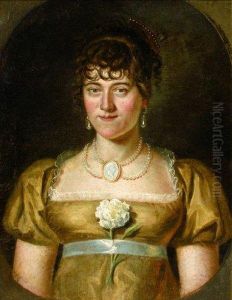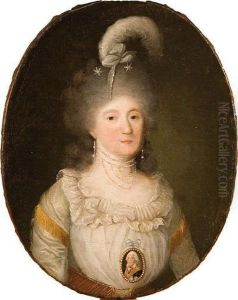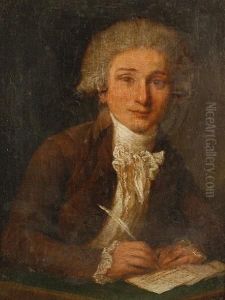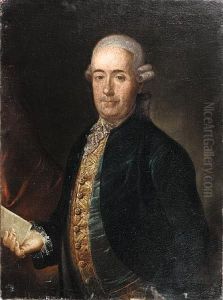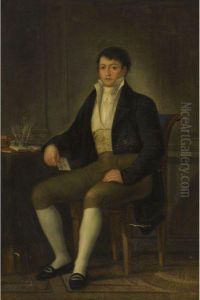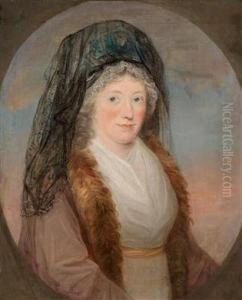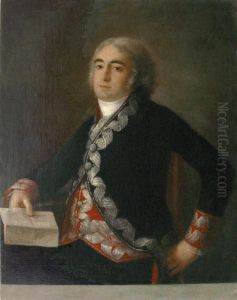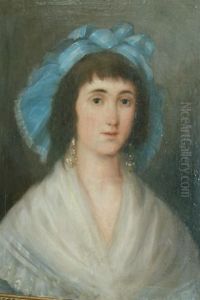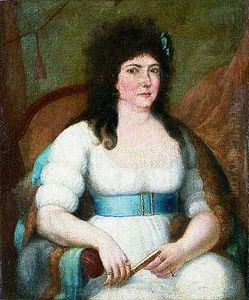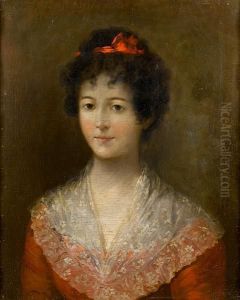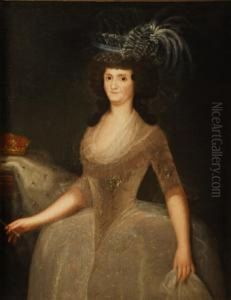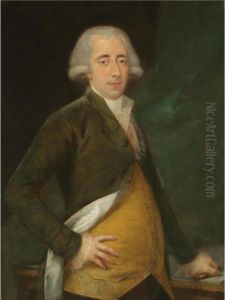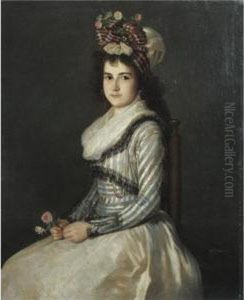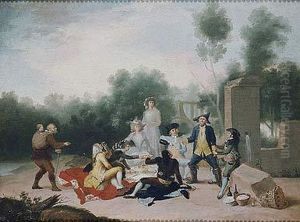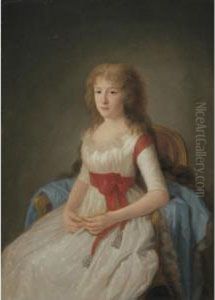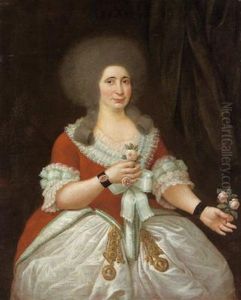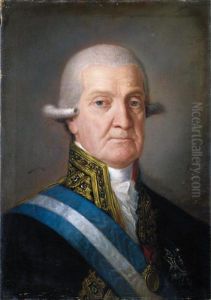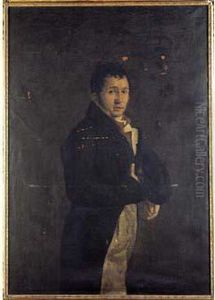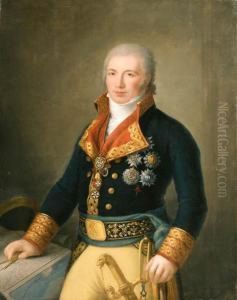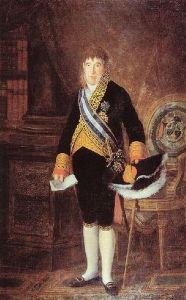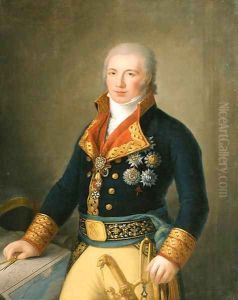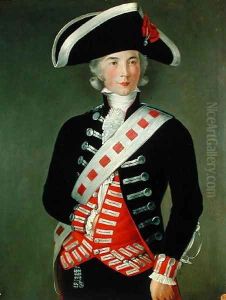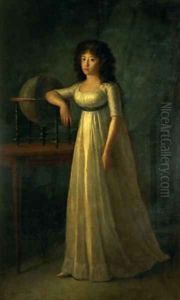Augustin Esteve Paintings
Augustin Esteve y Marqués was a Spanish portrait painter who is considered one of the most important followers of Francisco de Goya. Born in 1753 in Valencia, Esteve showed an affinity for the arts at a young age and trained under his father, who was also a painter. His talent soon brought him to the attention of the Spanish nobility, and he received commissions to paint portraits for various members of the high society.
Esteve's style was heavily influenced by the works of Goya, with whom he is sometimes compared. Esteve, however, maintained a distinctive approach, characterized by a delicate treatment of his subjects and a refined elegance. His portraits are noted for their expressive realism, careful attention to detail, and the subtle interplay of light and shadow. Esteve’s works often captured the psychological depth of his sitters, a trait that added a layer of complexity to his portraits.
During his career, Esteve became a respected artist in Spain, his work was widely appreciated for its artistic merit and its adherence to the aesthetic values of the time. Despite the influence of Goya, Esteve managed to carve out his own niche in the Spanish art scene of the late 18th and early 19th centuries.
Augustin Esteve y Marqués continued to paint until his death in 1830. Unfortunately, he did not achieve the same level of lasting fame as his contemporaries such as Goya, and as a result, his contributions have often been overshadowed. Nevertheless, his works remain an important part of Spanish art history, offering insight into the styles and techniques of the period, as well as the social contexts that they reflect.
